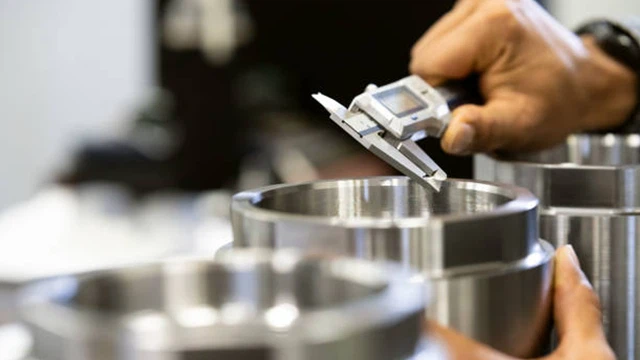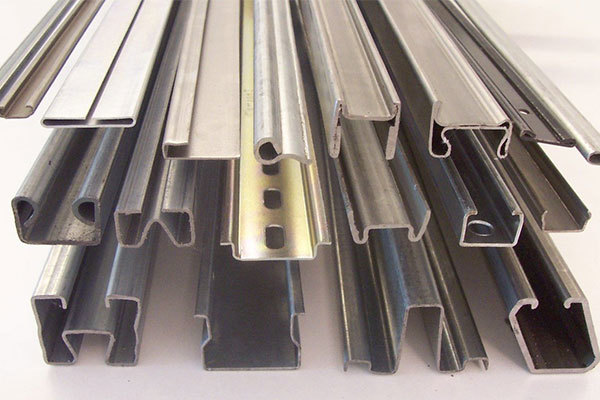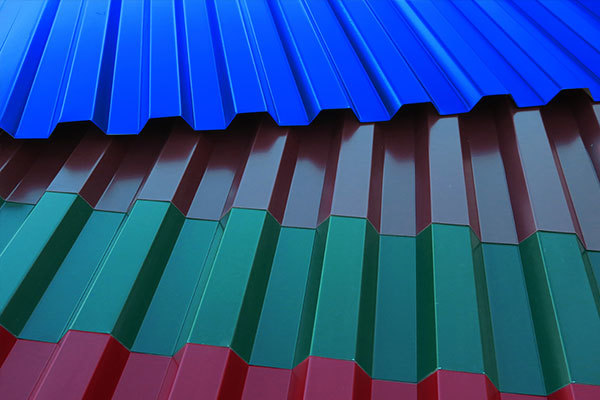How Hot-Dip Coating Influences the Mechanical Properties of Steel
Time:
Mar 07,2025
Strength and hardness
Forming alloy layer: During the hot-dip plating process, the steel surface reacts with the molten metal liquid to form an alloy layer. Taking hot-dip galvanizing as an example, an iron-zinc intermetallic compound layer will be formed, and hot-dip aluminum plating will form an iron-aluminum intermetallic compound layer. The hardness of these alloy layers is usually higher than that of the steel matrix, which can improve the hardness and wear resistance of the steel surface.
Grain refinement: The high temperature process of hot-dip plating may refine the grains on the surface of the steel. According to the Hall-Page formula, grain refinement can improve the strength and hardness of the material, and also improve the toughness of the steel.
Toughness and ductility
The role of the zinc layer: For hot-dip galvanizing, the zinc layer itself has good ductility. The pure zinc layer is the most plastic layer in hot-dip galvanizing, and its properties are basically close to pure zinc, so that the hot-dip galvanized steel can still maintain good toughness and ductility to a certain extent, and can be cold-punched, rolled, wire-drawn, bent and other forming without damaging the coating.
Influence of aluminum layer: During hot-dip aluminum plating, although the aluminum layer also has a certain toughness, the brittleness of the aluminum-iron alloy layer may deteriorate the secondary processing performance of aluminum-plated steel. During deep drawing and stamping, the coating may crack or even fall off.
Anti-fatigue performance
Stress elimination: The hot-dip plating process is equivalent to an annealing treatment of steel, which can effectively eliminate the stress during steel forming and welding, reduce the possibility of stress concentration, and thus improve the fatigue resistance of steel to a certain extent.
Surface state change: The coating formed by hot-dip plating can make the steel surface smoother, reduce surface defects and microcracks, reduce the probability of fatigue crack initiation, and thus improve fatigue resistance.
Creep strength
For hot-dip aluminum plating, the aluminum plating layer can improve the creep strength of steel and enhance the ability of steel to resist slow deformation at high temperatures. This is especially important for steel parts working in high temperature environments, such as heat-resistant components and heat exchange components in heat treatment equipment.








